GUEST BLOGGER LISA L. OWENS
Arts activities inspired by scientific nonfiction can help young readers better connect with and discuss what they’ve read. To that end, I’ve devised a set of extension activities for one of my Life Cycle series picture books. Try them after your class has read the book to see how students’ own creativity sparks a deeper understanding of the material.
About the book
The Life Cycle of a Clown Fish (The Child’s World, 2023) details the fish’s fascinating journey from egg to larva to juvenile, and on to the adult clown fish stage that restarts the cycle. Striking full-color photographs support the text, and carefully constructed front and back matter increase comprehension and encourage further inquiry.
Reading retention and extension
Reinforce what readers have already learned from reading the book by having them watch the Ocean Clown video below by National Geographic Kids.
Afterward, invite them to share any surprising details from the video about the clown fish’s life cycle, habitat, fellow sea creatures — or anything.
Fun facts vs. fun fiction
- Briefly discuss the difference between nonfiction and fiction, using The Life Cycle of a Clown Fish as your nonfiction reference point.
- Ask volunteers to share favorite fun facts from the book and/or other clown fish or life-cycle resources they’ve engaged with.
- Explain that they’re about to watch a snippet of fish-related fiction from an animated read-aloud of Dr. Seuss’s One Fish, Two Fish, Red Fish, Blue Fish (see below).
- Set the scene by letting them know the book is a rhyming story about two children and their animal friends, including some fish.
- Start at the beginning of the video and stop at the 1:35 mark as the fish scene ends.
- Discuss which parts of the segment might be true for real-world fish and which parts are pure fiction and/or impossible.
- Take a quick poll to see how many prefer to read nonfiction or fiction, then invite thoughts on the importance of both types of books.
Coral reef collage
Suggested art supplies
- pages 8–9 from The Life Cycle of a Clown Fish to display (image below)
- aqua, blue, or white construction paper to use as each collage’s “canvas”
- assorted construction paper torn or cut into irregular shapes and strips and/or more precise shapes, as each artist desires
- tissue paper, yarn, and cotton balls for added texture options
- craft scissors
- glue sticks
- markers and crayons
Instructions
- Display the recommended pages and guide students through text and images to refamiliarize them with a clown fish’s home.
- Ask students to reflect on, and then react to, the coral reef photo. For example: What do you see in the image? How might it feel to visit as a human, or to live there as a clown fish? What questions do you have about coral reefs?
- Have students create coral reef collages using their imagination and what they’ve learned from the book.
- Afterward, display the artworks in class and encourage the young artists to describe their own pieces and share thoughts on what they’re seeing in other artists’ work.
Featured image credit: “Anemone (Clown) Fish” by Stefan David, CamperCo.de is licensed under CC BY-SA 2.0.
Lisa L. Owens has written more than 100 books for young readers, including early chapter books, graphic novels, middle grade fiction, and a slew of nonfiction for ages PreK–YA. Find her online at llowens.com, This Writing Life,@LisaLOwens, and @llowriter.


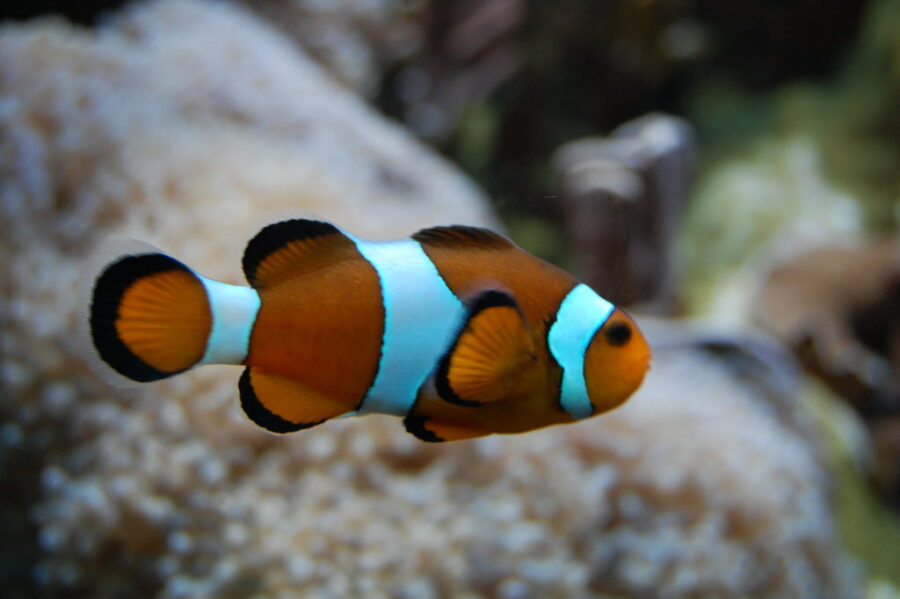

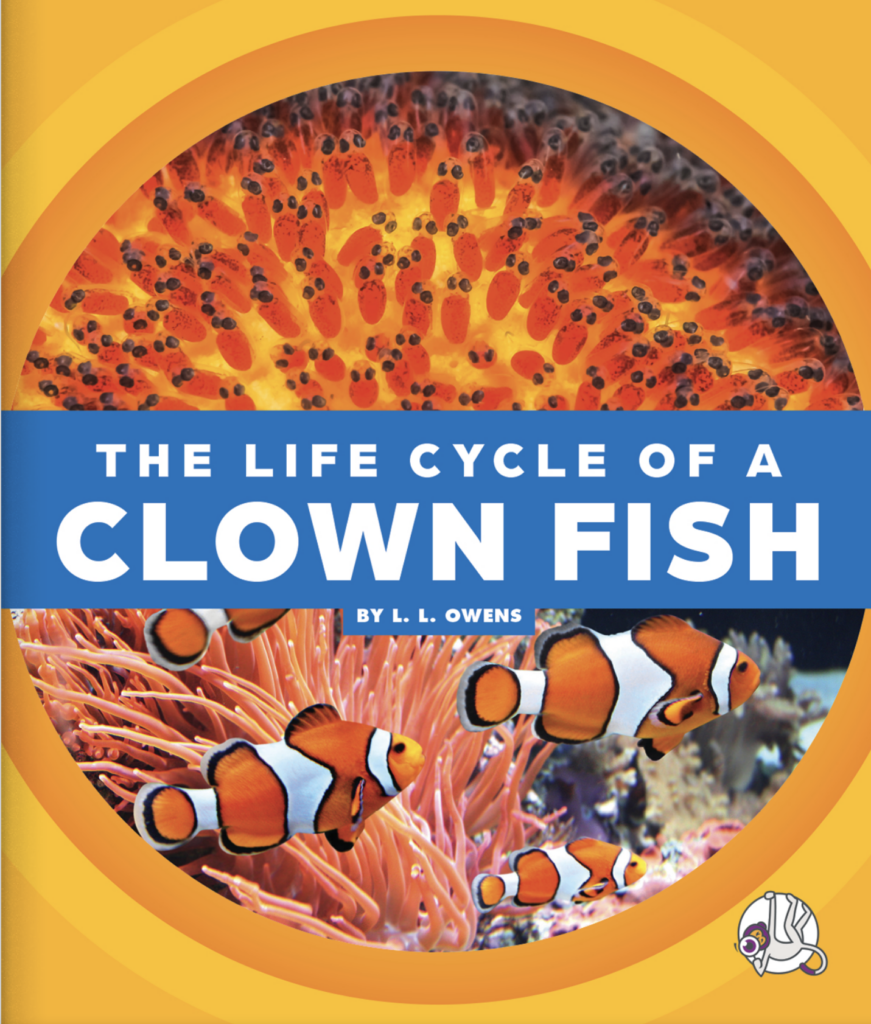

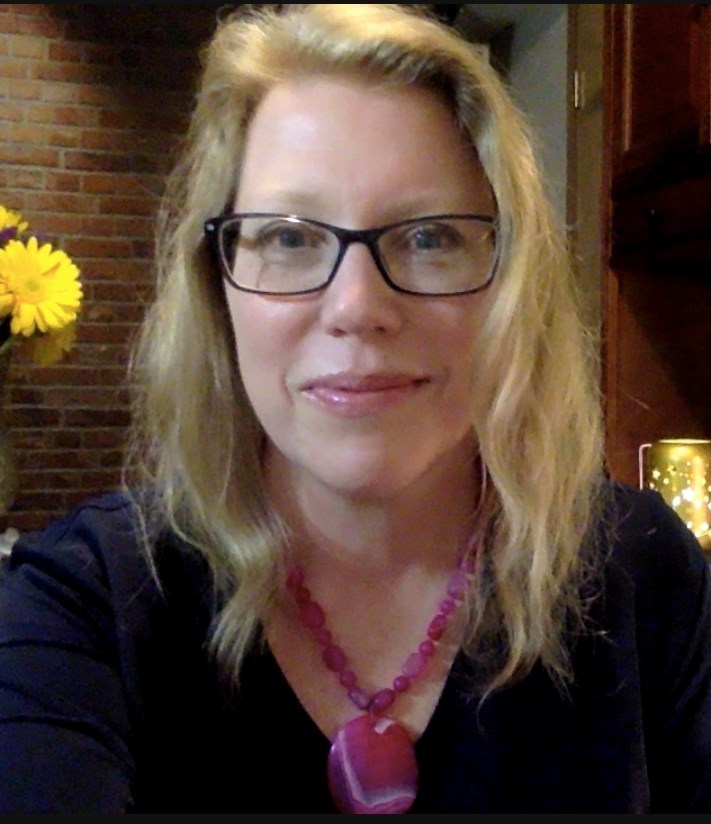
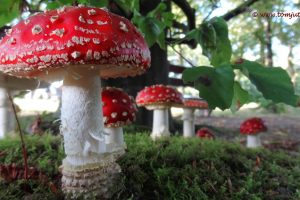
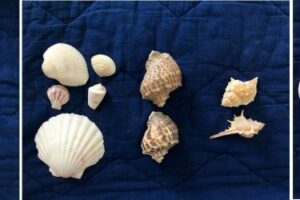
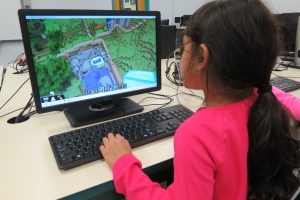


Leave a Reply
Your email is safe with me.